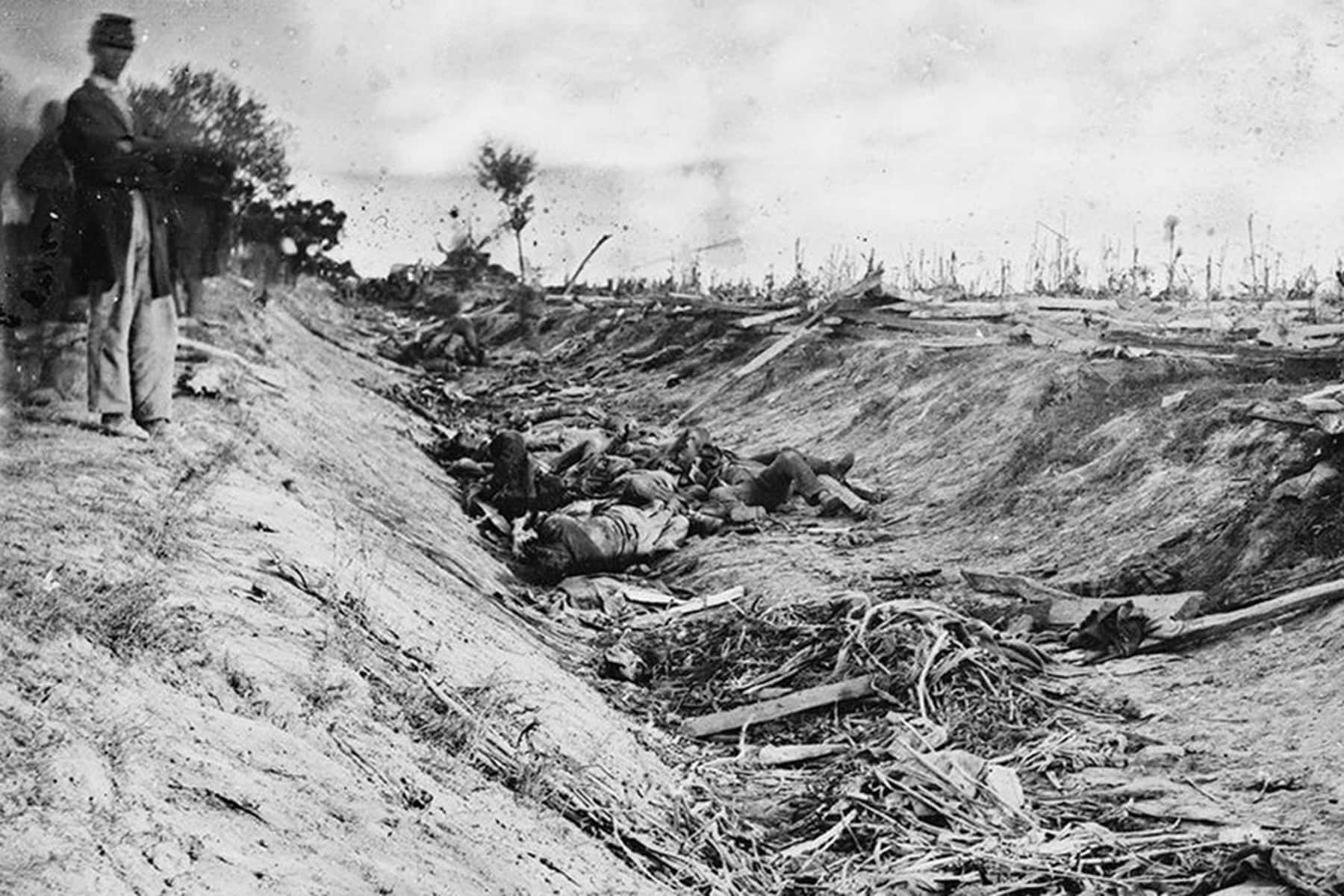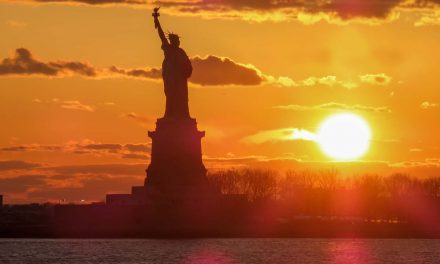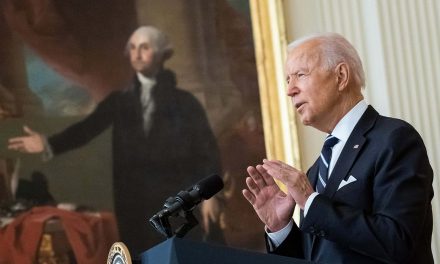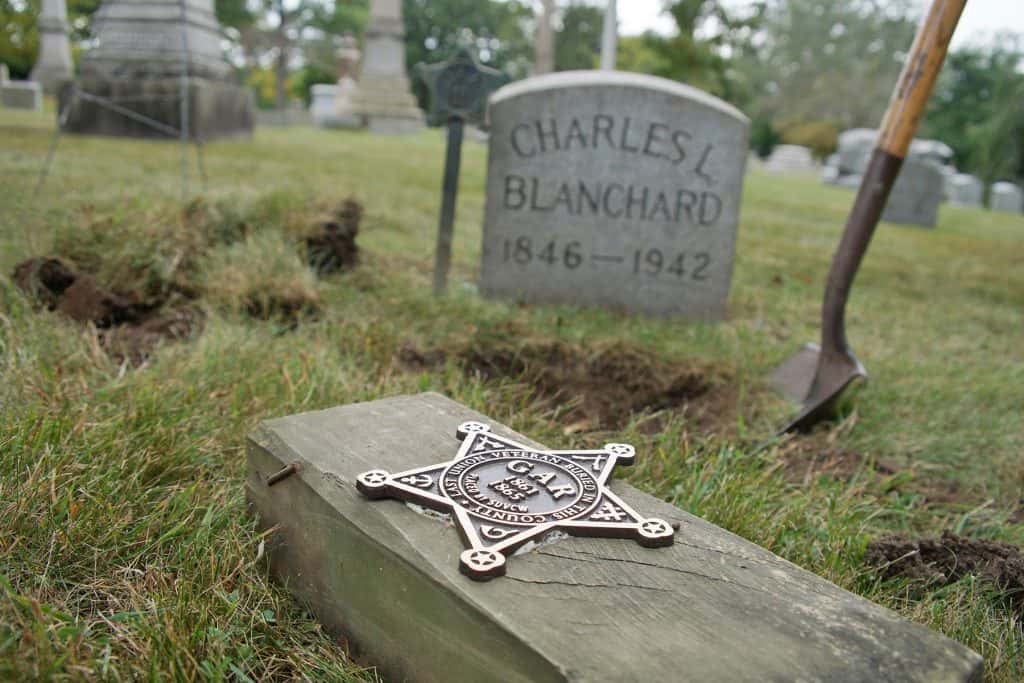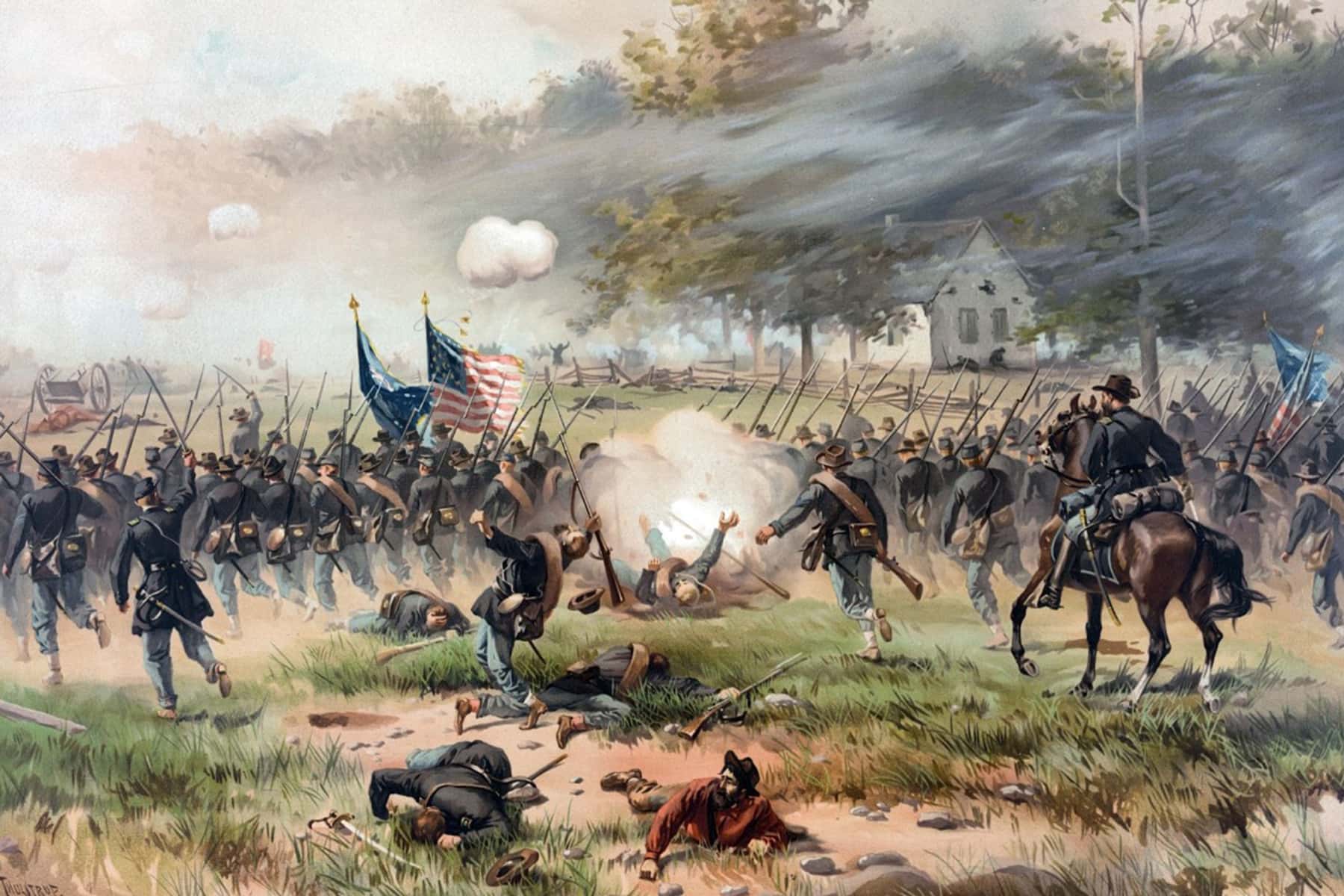
One hundred and fifty nine years ago this week, in 1862, 75,000 United States troops and about 38,000 Confederate troops massed along Antietam Creek near Sharpsburg, Maryland.
After a successful summer of fighting, Confederate general Robert E. Lee had crossed the Potomac River into Maryland to bring the Civil War to the North. He hoped to swing the slave state of Maryland into rebellion and to weaken Lincoln’s war policies in the upcoming 1862 elections. For his part, Union general George McClellan hoped to finish off the southern Army of Northern Virginia that had snaked away from him all summer.
The armies clashed as the sun rose about 5:30 on the clear fall morning of September 17, 159 years ago. For twelve hours the men slashed at each other. Amid the smoke and fire, soldiers fell. Twelve hours later, more than 2000 U.S. soldiers lay dead and more than 10,000 of their comrades were wounded or missing. Fifteen hundred Confederates had fallen in the battle, and another 9000 or so were wounded or captured. The United States had lost 25% of its fighting force; the Confederates, 31%. The First Texas Infantry lost 82% of its men.
That slaughter was brought home to northern families in a novel way after the battle. Photographer Alexander Gardner, working for the great photographer Matthew Brady, brought his camera to Antietam two days after the guns fell silent. Until Gardner’s field experiment, photography had been limited almost entirely to studios. People sent formal photos home and recorded family images for posterity, as if photographs were portraits.
Taking his camera outside, Gardner recorded seventy images of Antietam for people back home. His stark images showed bridges and famous generals, but they also showed rows of bodies, twisted and bloating in the sun as they awaited burial. By any standards these war photos were horrific, but to a people who had never seen anything like it before, they were earth-shattering.
White southern men had marched off to war in 1861 expecting that they would fight and win a heroic battle or two and that their easy victories over the northerners they dismissed as emasculated shopkeepers would enable them to create a new nation based in White supremacy. In the 1850s, pro-slavery lawmakers had taken over the United States government, but White southerners were a minority and they knew it. When the election of 1860 put into power lawmakers and a president who rejected their worldview, they decided to destroy the nation.
Eager to gain power in the rebellion, pro-secession politicians raced to extremes, assuring their constituencies that they were defending the true nature of a strong new country and that those defending the old version of the United States would never fight effectively.
On March 21, 1861, the future vice president of the Confederacy, Alexander Stephens, laid out the world he thought White southerners should fight for. He explained that the Founders were wrong to base the government on the principle that humans were inherently equal, and that northerners were behind the times with their adherence to the outdated idea that “the negro is equal, and… entitled to equal privileges and rights with the White man.” Confederate leaders had corrected the Founders’ error. They had rested the Confederacy on the “great truth” that “the negro is not equal to the White man; that slavery subordination to the superior race is his natural and normal condition.”
White southern leaders talked easily about a coming war, assuring prospective soldiers that defeating the United States Army would be a matter of a fight or, perhaps, two. South Carolina Senator James Chesnut Jr. assured his neighbors that there would be so few casualties he would be happy to drink all the blood shed in a fight between the South and the North. And so, poorer White southerners marched to war.
The July 1861 Battle of Bull Run put the conceit of an easy victory to rest. Although the Confederates ultimately routed the U.S. soldiers, the southern men were shocked at what they experienced. “Never have I conceived of such a continuous, rushing hailstorm of shot, shell, and musketry as fell around and among us for hours together,” one wrote home. “We who escaped are constantly wondering how we could possibly have come out of the action alive.”
Northerners, too, had initially thought the war against the blustering southerners would be quick and easy, so quick and easy that some congressmen brought picnics to Bull Run to watch the fighting, only to get caught in the rout as soldiers ditched their rucksacks and guns and ran back toward the capital. Those at home, though, could continue to imagine the war as a heroic contest.
They could elevate the carnage, that is, until Matthew Brady exhibited Gardner’s images of Antietam at his studio in New York City. People who saw the placard announcing “The Dead of Antietam” and climbed the stairs up to Brady’s rooms to see the images found that their ideas about war were changed forever.
“The dead of the battle-field come up to us very rarely, even in dreams,” one reporter mused. “We see the list in the morning paper at breakfast, but dismiss its recollection with the coffee. There is a confused mass of names, but they are all strangers; we forget the horrible significance that dwells amid the jumble of type.” But Gardner’s photographs erased the distance between the battlefield and the home front. They brought home the fact that every name on a casualty list “represents a bleeding, mangled corpse.” “If [Gardner] has not brought bodies and laid them in our dooryards and along the streets, he has done something very like it,” the shocked reporter commented.
The horrific images of Antietam showed to those on the home front the real cost of war they had entered with bluster and flippant assurances that it would be bloodless and easy. Southern politicians had promised that White rebels fighting to create a nation whose legal system enshrined White supremacy would easily overcome a mongrel army defending the principle of human equality.
The dead at Antietam’s Bloody Lane and Dunker Church proved they were wrong. The Battle of Antietam was enough of a Union victory to allow President Abraham Lincoln to issue the preliminary emancipation proclamation, warning southern states that on January 1, 1863, “all persons held as slaves within any State, or designated part of a State,” where people still fought against the United States, “shall be then, thenceforward, and forever free; and the…government of the United States… will recognize and maintain the freedom of such persons….”
Lincoln’s proclamation meant that anti-slavery England would not formally enter the war on the side of the Confederates, dashing their hopes of foreign intervention, and in November 1863, Lincoln redefined the war as one not simply to restore the Union, but to protect a nation “conceived in liberty, and dedicated to the proposition that all men are created equal.”
To that principle, northerners and Black southerners rallied, despite the grinding horror of the battlefields, and in 1865, they defeated the Confederates.
But they did not defeat the idea the Confederates fought, killed, and died for: a nation in which the law distinguishes among people according to the color of their skin. Today, once again, politicians are telling their followers that such a hierarchy is the best way forward for America, and today, once again, those same politicians are urging supporters to violence against a government that defends the equality before the law for which the men at Antietam — and at Gettysburg and Cold Harbor, and at four years worth of battlefields across the country — gave their lives.
Library of Congress
Letters from an Аmerican is a daily email newsletter written by Heather Cox Richardson, about the history behind today’s politics

